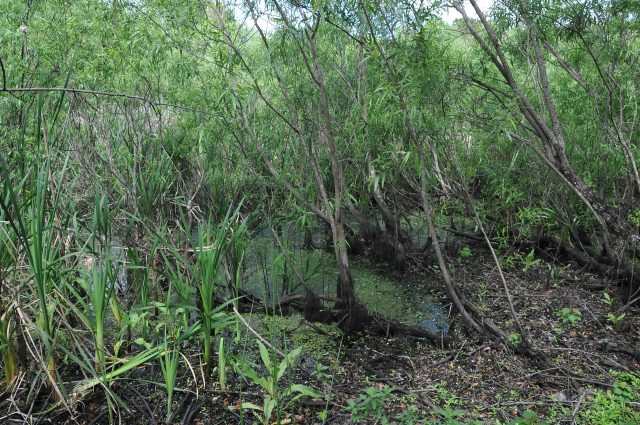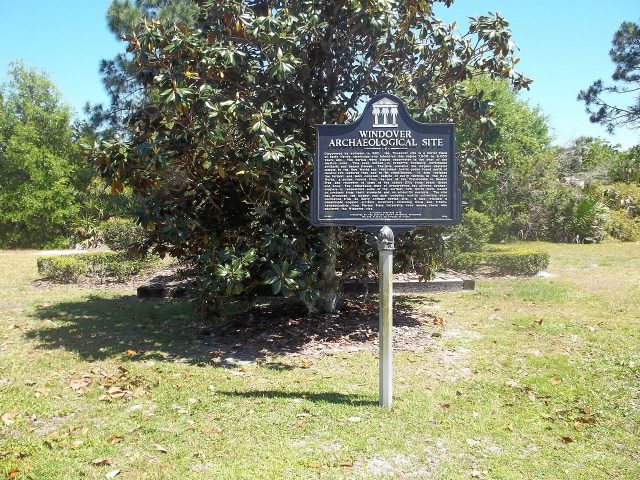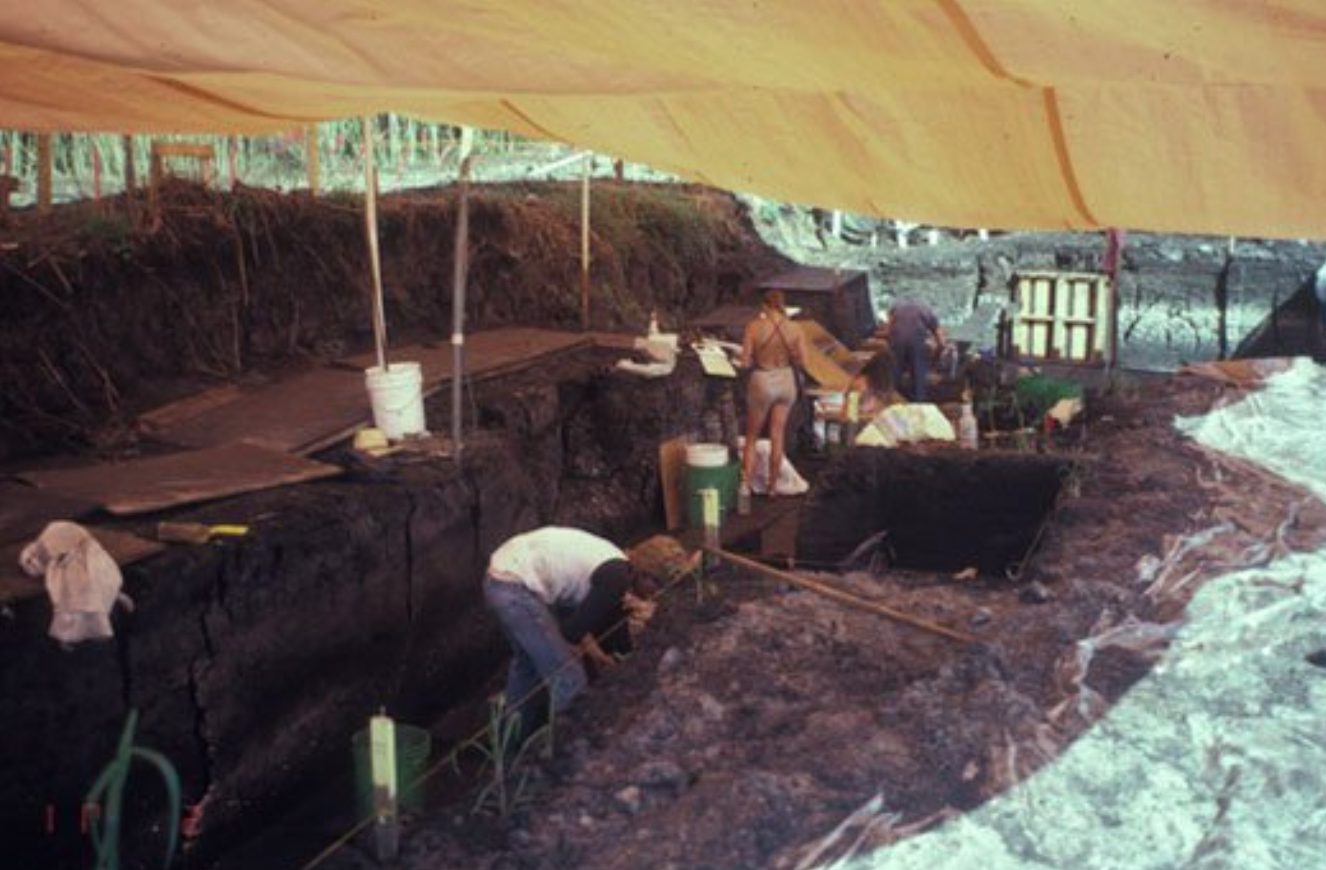Thousands of years ago, a Native American community used what experts call a “burial bog” to place their dead in offshore water in such a way that, upon decomposition, the remains would not float to the surface.
And there they remained, 167 bodies, until the inevitable march of progress brought a backhoe to the pond, near the Manasota Key, in order to clear it to make way for new homes constructed for a subdivision. They were found in 1982, and fortunately the individual at the helm of the backhoe didn’t just keep going; he alerted authorities immediately.
Work was halted until archaeologists from Florida State University could assess their age. More gruesomely, they also had to ensure these individuals were not victims of some mass murderer. Thankfully, it soon became clear to experts that they were not.

Once tests to carbon date the remains were concluded, experts realized the bodies were not just old – they were incredibly old, more than 7,000 years old. The individuals placed in the bog ranged in age from young children, some of whom were buried cradling toys.
Some folks are quite old, more than 70 years old, an incredibly long lifespan for the time. Almost all were placed in the fetal position, knees raised to chest, laying on their sides.
While much decomposition has occurred, some skulls still contained brain matter. And while the stakes pushed through each corpse sounds, on the face of it, like some awful burial rite, it was done for a sound and humane reason: to keep the body from bloating and rising to the surface. Had that happened, almost certainly each body would have been ravaged by predators, either animals looking for food or grave robbers looking for bounty.
But that didn’t happen, and consequently the archaeologists and scientists have learned a great deal about this community in the decades since the discovery was made.
They were a group of hunter-gatherers, Native Americans unrelated to those extant in the Florida region today.
Their remains revealed a great deal about the level of compassion with which folks treated one another. For example, the remains of a 15 year old boy indicate he had Spina Bifida, a condition in which the vertebrae fail to close properly around the spine. It is an extraordinarily painful illness, experts say, but the boy was not turned away by his neighbours; in fact, his remains show he was well cared for.
Another individual, this one a woman in her mid-30s, evidently had elderberry in her stomach, or at least in the area of the skeleton where her stomach once was. Scientists suggest that she may have been consuming it to fight an illness of some sort. However, the natural medicine did not help, and she likely died of whatever ailment was afflicting her.

Something striking about this burial site is something the remains show did not happen – no one buried there died a violent death. That is extraordinary, considering how old the site is, and the number of skeletons found there.
Even in modern cemeteries, it is a good bet that at least one person died either at their own hand, or at the hand of another. But not among these people, experts say.
There is still much to be learned from the site, and the skeletons. It’s been almost 40 years since that worker first came upon these people, each one buried in the bog with what appears to be the utmost care and respect.
Another Article From Us: This Ancient Stone Slab is Actually Europe’s Oldest Known Map
Perhaps it is fair to say that, more than 7,000 years ago, this Native American community was burying its dead with the kind of gentle treatment each of us hopes for, even today.
